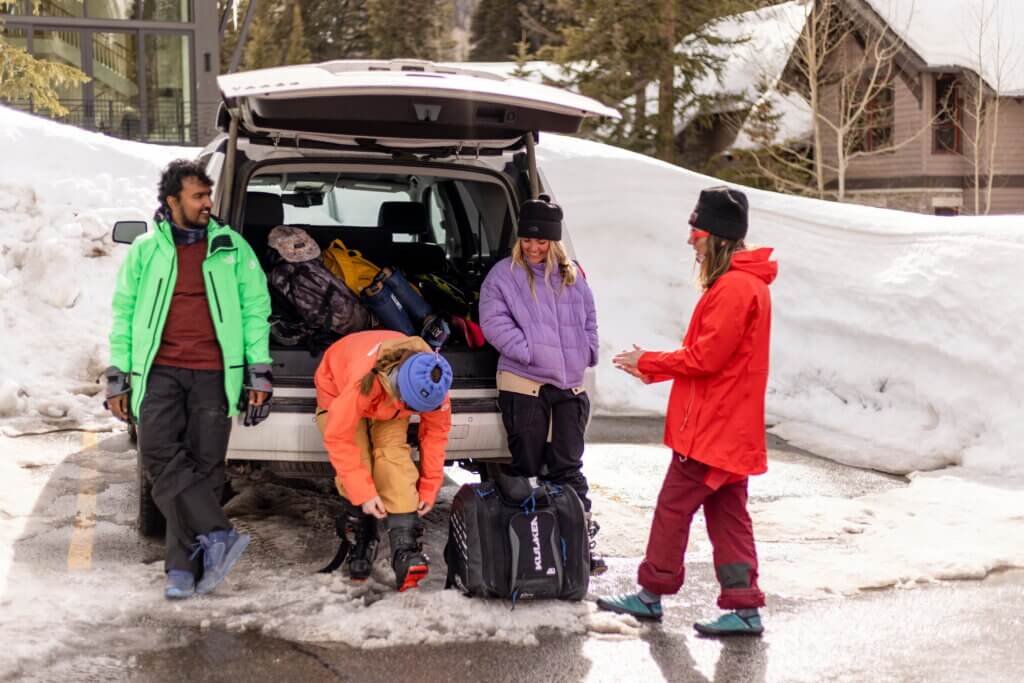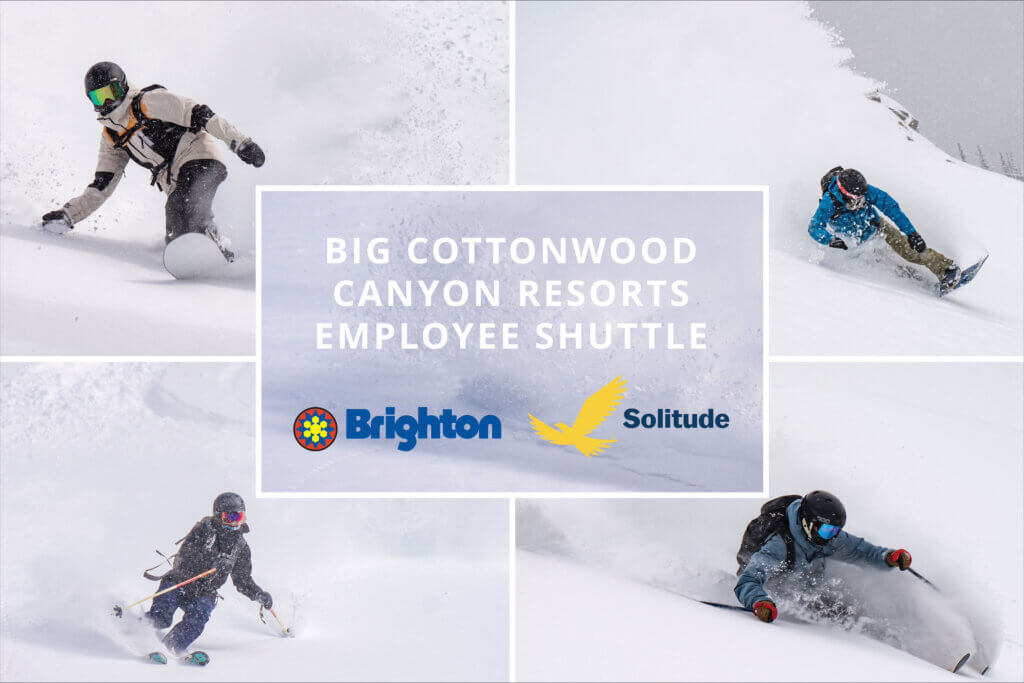A Look Back at our Parking and Transportation Initiatives
As we planned for the 23/24 season at Solitude Mountain Resort, a key objective was to improve the arrival experience for our guests. For a number of years, traffic congestion in Big Cottonwood Canyon and limited parking have been among the most frequent complaints we’ve received. Our initial attempt to address these concerns came during the 19/20 season, during which we implemented a paid parking system to incentivize carpooling. While we saw measurable increases in vehicle occupancy (providing access to more guests), it did little to improve congestion in the canyon. In fact, on our busiest days, we were turning around more than 500 vehicles due to a lack of parking. That’s 500+ vehicles unnecessarily in the canyon, driving in both directions, and increasing congestion well beyond available space.
Parking Reservations
The key to addressing traffic congestion was to match arriving vehicles (i.e., canyon traffic) with canyon parking capacity. The solution we landed on was to implement parking reservations for the 23/24 season. The results, measured against our objective, have been substantial. During high-demand days, canyon drive times were reduced by as much as 60% as compared to previous seasons (barring difficult weather and road conditions). Beyond that, the few vehicles we turned around were those that arrived without reservations.
Admittedly, it took some time to understand how to best manage and release inventory, but we eventually settled on a process that we believe was effective.
Combined with our efforts, Brighton Resort and the town of Brighton implemented similar programs, allowing our cooperative solutions to provide significant improvements.
“One of the wins for our road operations with Solitude’s parking reservation system was that traffic was not heading up canyon all at the same time on the weekend mornings because they knew they had a guaranteed parking spot waiting for them. With the steady flow of uphill traffic instead of traffic stopped, it meant that our plows weren’t also stuck in traffic and could continue clearing the roads, helping to keep people moving in the canyons.”
UDOT Road Operations Supervisor
Carpool Discounts
From the time we implemented paid parking, we structured payment to reward carpooling. This resulted in measurable increases in vehicle occupancy, including 24% growth in the number of vehicles with 3+ occupants from the 19/20 season to the 22/23 season.
Coming into the 23/24 season, constraints on the reservation system caused us to step back from a model that discounted vehicles with 2 or 3 occupants. While we were reluctant to make this change, it did allow us to go all in on promoting full vehicles. As a result, we saw significant growth in cars with 4+ occupants, which were upwards of 57% on our busiest days. Love it or hate it, free parking for cars with 4+ increased carpooling, reduced vehicles in the canyon, and provided access to a greater number of skiers and riders.

Weekday Parking
Charging for weekday parking continues to be a divisive topic that generates no shortage of feedback. We hear you. The intent of our weekday parking model has been to remain consistent in our support of carpoolers, reduced vehicles, and reduced emissions. If fewer cars on Saturday matter, then fewer cars on Wednesday also matter. Salt Lake City is notorious for its poor air quality, and we care about the air, vehicle emissions (the largest contributor to air pollution), climate change, and a healthy canyon. However, we also care about accessibility and are aware that the cost of weekday parking limits access for many.
Public Transportation
As we’ve done for many years, Solitude provides complimentary UTA Ski Bus access for all Solitude and Ikon Pass holders. During the 23/24 season, we funded more than 60,000 rides to Solitude guests.
It’s clear that demand for the bus surpasses supply, and we know the experience can be time-consuming and frustrating. As much as we advocate for additional buses, that’s not within our control. That said, we’re always considering ways to improve the experience and are open to suggestions.
Employee Transportation
This past season, we increased our investment in employee transportation by leasing two 52-passenger coaches (a shared effort with Brighton Resort) and fourteen 15-passenger vans. With these vehicles, we provided nearly 10,000 rides to Solitude employees, removing many cars from the canyon and our parking lots. This effort has also reduced the need for employees to utilize the Ski Bus this season. As such, our staff occupied less than 4% of Ski Bus capacity, providing more availability to the public.

Ski & Ride School and Team Solitude
As we introduced parking reservations, it was important for us to ensure parking availability to our guests with lesson reservations or with children in a Team Solitude program. However, our rollout of parking to these groups was not our best work.
After a few attempts, we landed on a solution that worked for some, but we’re reviewing this process closely for the 24/25 season.
Other Initiatives in Play
We have successfully influenced traffic and guest behavior through other measures as well, including:
- Extended lift hours (8:00 a.m. winter, 5:00 p.m. spring) disperse traffic over a longer time period
- Not requiring reservations after 11:00 a.m. pushes some demand to a time when we know many early arrivals are leaving
- Free parking after 1:00 p.m. encourages afternoon arrivals
- The Solitude Carpool app provides a tool to find skiers and riders to carpool with
“Parking reservations exceeded our expectations substantially. It went a long way toward solving the ingress problem in the morning. We still have some challenges with egress from the canyon, but we appreciate the resort extending closing times to help stagger departures.”
Town of Brighton
“Parking is a Cash Grab”
We often hear from guests that paid parking is nothing more than a cash grab, and it’s understandable why it can appear that way. However, we have no shortage of data showing that free (or very low-cost) parking leads to a majority of vehicles arriving with a single occupant. While paid parking increases vehicle occupancy considerably, it also provides revenue to fund additional transportation and parking initiatives.
How we’ve distributed parking revenue this season:

Considering these added expenses, paid parking operates on a thin margin with little (if any) profit. But, importantly, it allows us to address traffic congestion in a comprehensive way.
Changes for the 24/25 Season
As we plan for the 24/25 season, we have committed to a number of improvements. The following is not an exhaustive list of all potential changes:
- Increase available inventory of season parking passes
- Reduce the number of days parking reservations are required, including a later start date and an earlier end date
- Reduce the cost of weekday parking and the vehicle occupancy threshold for free weekday parking
- Provide discounted parking to guests who have booked ski and ride lessons
Visit our Getting Here & Parking page to view details for the 24/25 season. Have other suggestions? We’d love to hear them.

